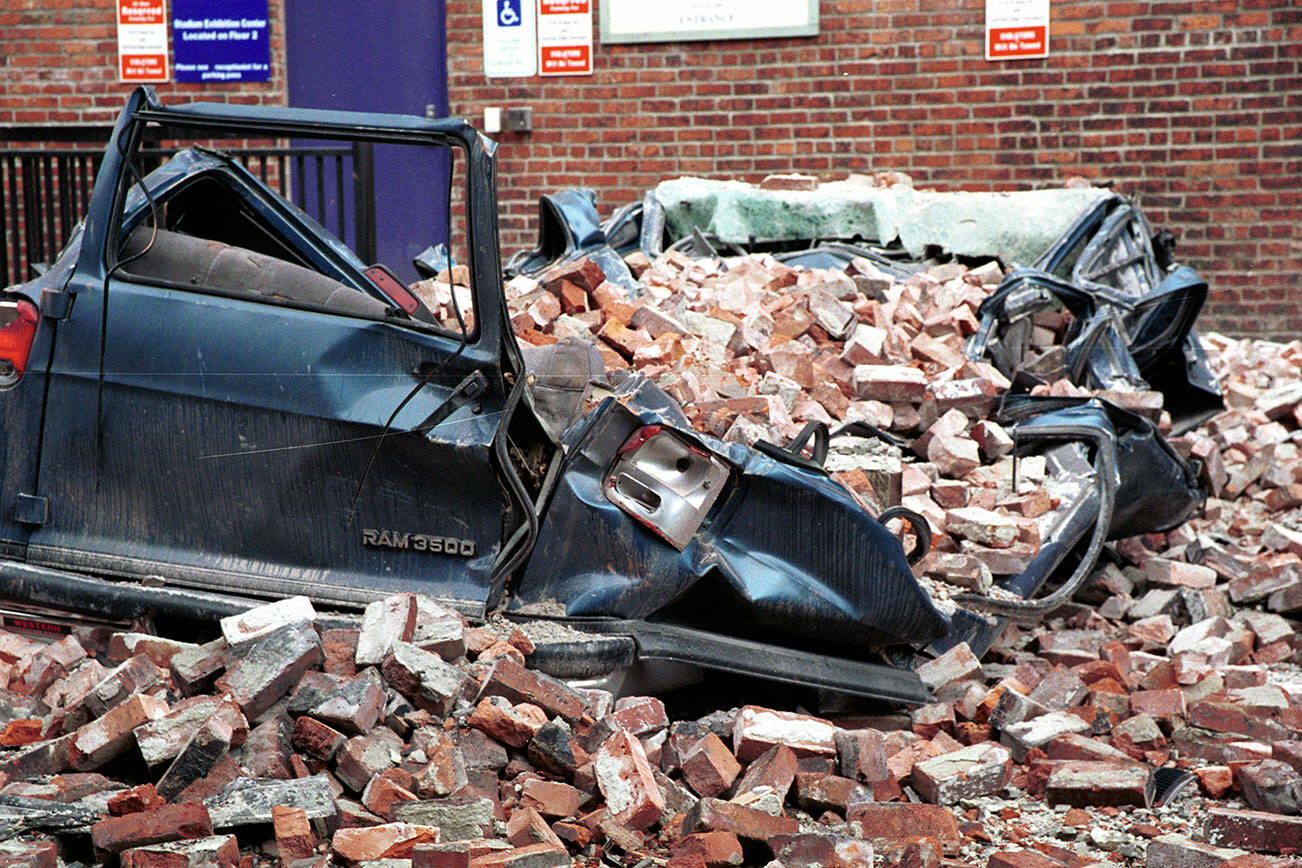The Washington State Department of Natural Resources (DNR) published a study July 7 detailing tsunami projections in the case of a 7.5 magnitude earthquake along the Seattle Fault.
The Washington Geological Survey division of DNR modeled its projections after the last major earthquake to take place under the Seattle Fault line — a magnitude 7.5 quake that took place about 1,100 years ago.
Models showed that after an earthquake of this magnitude, the resulting tsunami would flood the Seattle shoreline in over 20 feet of water within 3 minutes of the initial quake.
As damaging as an earthquake of this magnitude could be, its consequences pale in comparison to the potential for disaster of another long-dormant fault line: the Cascadia Subduction Zone (CSZ).
The CSZ is approximately 1,000 kilometers long off the West Coast and spans from California to British Columbia.
About every 250 years, Cascadia ruptures, causing a huge earthquake along the West Coast. It has been 322 years since the last 9.0 Cascadia rupture, which occurred in 1700.
In other words, we are overdue for a massive earthquake, or as some refer to it, “The Big One.”
“We’re very far from being prepared. We’re just getting started with retrofitting important buildings like hospitals,” said Dr. Chris Goldfinger, one of the leading experts on the Cascadia Subduction Zone and a current professor at Oregon State University.
Much of the Pacific Northwest is behind the curve in terms of earthquake preparedness infrastructure, he said.
“Our infrastructure isn’t a whole lot better than that of Nepal or Haiti,” said Goldfinger.
There are things people can do to prepare for a disaster. One of the first steps is to build a survival kit.
The American Red Cross has a list on its website of recommended items to include in your survival kit, including a first aid kit, enough water and food to last several days, copies of important documents, a flashlight, portable radio, extra batteries, etc.
Another important step, according to Goldfinger, is to ensure your home is bolted to its foundations. Many old buildings are not bolted to their foundations, but it is a fairly simple and affordable process to fix this problem to help your home withstand an earthquake, he said.
Similarly, it is a good idea to bolt down heavy furniture such as bookshelves and refrigerators so they will not fall over during an earthquake.
Lastly, and possibly most importantly, it is essential to have a plan in place for when “The Big One” hits.
The general procedure outlined for earthquake safety in the U.S. is DCHO, or “Drop, Cover, and Hold On.” Goldfinger argues there is very little evidence to back up this strategy as the most effective choice in an earthquake.
Goldfinger recommends a more personalized approach because everyone’s situation in an earthquake will be different depending on their physical surroundings. Some countries, including Israel and Mexico, have already updated their earthquake response training to a situational awareness model.
This model encourages you to make a plan for what you will do and where you will go in both your workplace and your home. Figure out if the building you work in is retrofitted. Think about the options you have according to your own individual circumstances. Find out if you are in a tsunami hazard area, and if so, learn the evacuation routes.
“The best thing you can do,” said Goldfinger, “is to kind of weave that into your consciousness and make decisions accordingly.”
To learn more about the workings of the Cascadia Subduction Zone, visit survivingcascadia.com. To learn more about Goldfinger’s reasoning behind the situational awareness model of earthquake response, visit the link below. https://temblor.net/earthquake-insights/opinion-when-the-next-cascadia-megaquake-strikes-heres-what-ill-do-13866/




